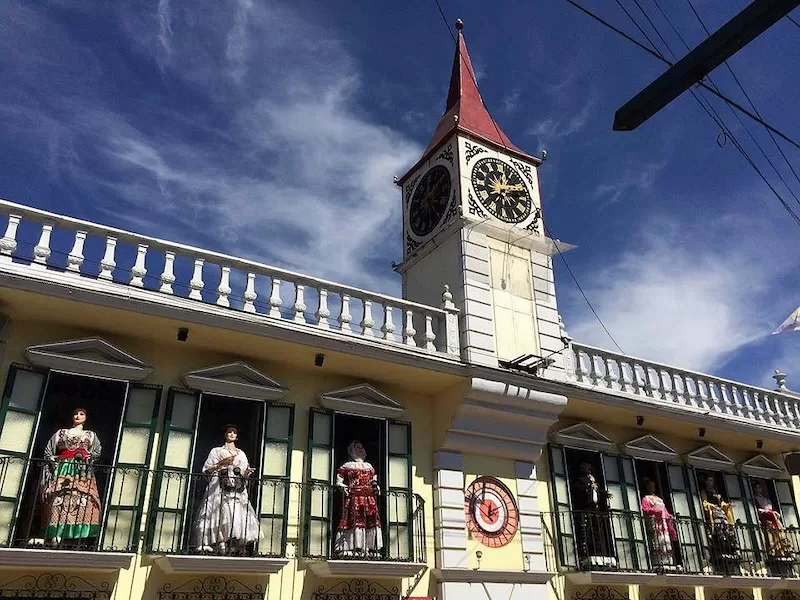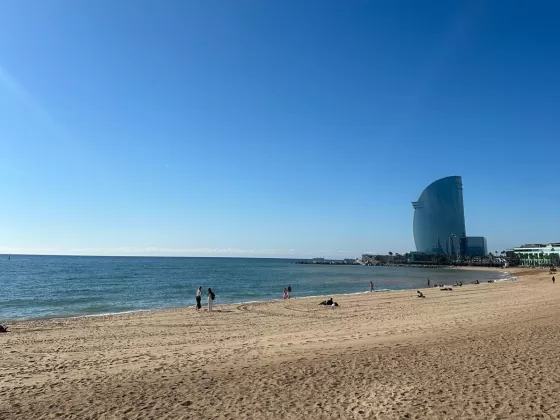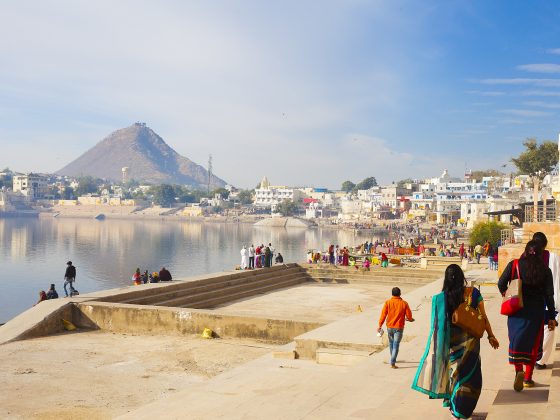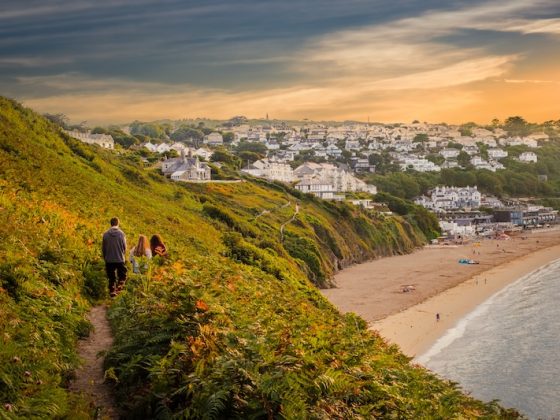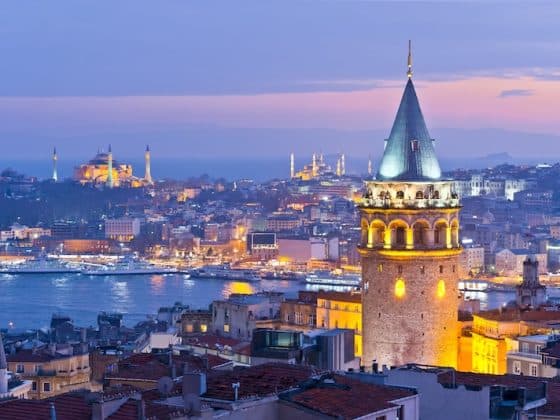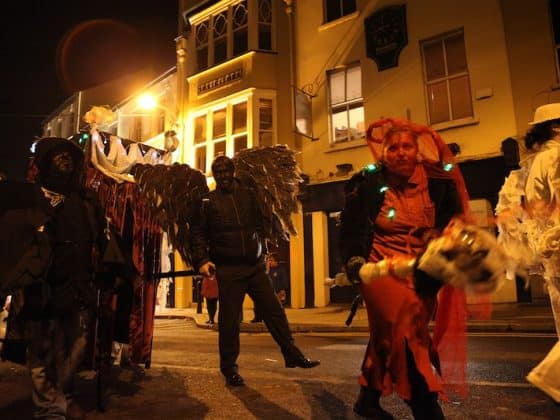Nestled in the Sierra Norte mountains of Puebla, Mexico, Zacatlán de las Manzanas is a small Mexican town that often flies under the radar. However, for visitors exploring the state famous for the battle of Cinco de Mayo, this hidden town more than delivers. Known for apples, old-world clockmaking, and dense morning mist, Zacatlán is a relaxed getaway from the urban capital where you can enjoy fresh mountain air, a welcoming local community, and a low cost of living—all without sacrificing access to modern amenities.
If you’re considering retiring in Mexico, Zacatlán offers an intriguing option for part-time or full-time living, especially for those looking for cooler weather, a walkable town center, and local culture that runs deep.
A Town That Keeps Time
Zacatlán is most famous for its clock factory, Relojes Centenario (official site), the first manufacturer of monumental clocks in Latin America. You can tour the museum and facilities for MXN $20 (roughly USD $1). There you’ll find interactive exhibits, working antique clock mechanisms, and the opportunity to peer inside the history of public timekeeping in Mexico. The family-run factory, which has been in business since 1918, still produces large-scale public clocks that can be seen in plazas across the country.
The main square features one of their signature creations: a flower-covered musical clock which is part timepiece and part public art installation. The decorative clock installation plays traditional Mexican tunes every hour and lights up in the evenings.

A Transparent Overlook: Mirador de Cristal
One of Zacatlán’s most memorable landmarks is the Mirador de Cristal, a transparent glass overlook that juts out over a dramatic canyon known as the Barranca de los Jilgueros. It’s free to visit and only a five-minute walk from the town square. On a clear day, you can see the canyon plunge hundreds of feet below, as well as miles of surrounding mountain chains. On foggy days—which are common here—visiting the overlook resembles standing on a cloud.
Pro Tip: Go early in the morning for the best chance of clear views. By midday, the mist often returns, rolling in thick from the hills.
Read more like this: Is Mexico Right for You?
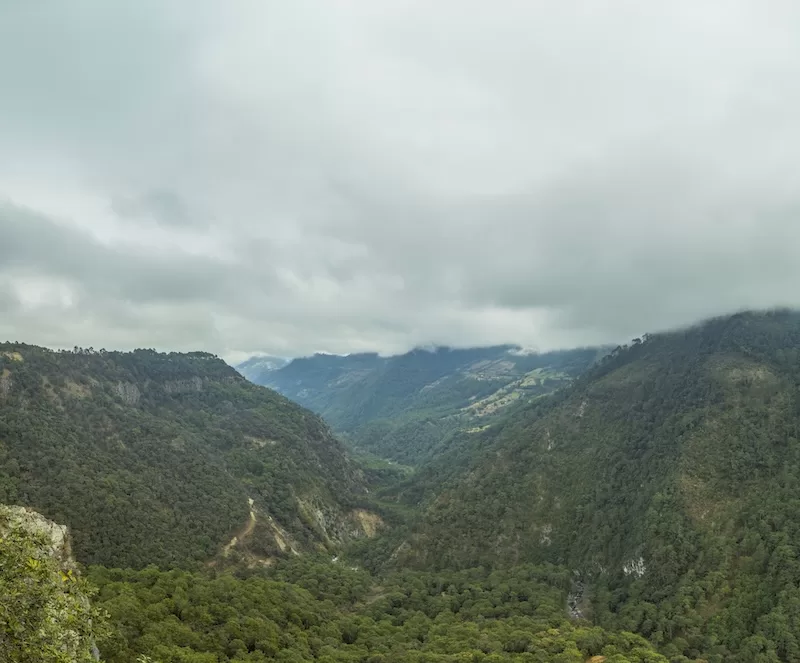
Low-Cost Living and Easy Integration
Zacatlán isn’t just pretty—it’s affordable. You can find modest homes in or near the town center for as little as USD $60,000–$100,000, often with gardens, fruit trees, and views of the valley. Monthly rental prices for a furnished 2-bedroom apartment average around USD $300–$500.
Basic healthcare needs can be handled in town, and more specialized care is available in Huauchinango (1 hour) or Puebla City (2.5 hours). Local clinics are clean and inexpensive—a doctor’s consultation typically costs USD $10–$20.
Markets are lively and well-stocked, with local produce (especially apples, pears, and berries) available at low prices. A trip to the weekly tianguis (street market) is also a social event—expect homemade tamales, handwoven textiles, and friendly conversation.
Culture, Legends, and Local Flavor
The climate, which is typically cool and humid, supports a scrubby vegetation called zacate, a tough native grass from which Zacatlán possibly derives its name (from the Nahuatl “place of zacate”). The zacate is still sometimes used in herbal teas and local traditional remedies.
While tourism has grown slowly over the years, the town retains its relaxed and authentic pace. You can hear Nahuatl spoken in the markets and see traditional dances during festivals like La Feria de la Manzana (The Apple Festival), held every August.
Beyond the main attractions, there are lesser-known gems like the Piedras Encimadas Valley, featuring wind-sculpted rock formations that resemble animals, faces, and mythical creatures—perfect for a weekend hike or photo op. You can also explore the cuexcomate volcanic cave, considered sacred by local indigenous groups.
If you’re seeking a retirement destination that combines affordability, culture, and natural beauty, Zacatlán deserves your consideration. It’s not yet on the mainstream expat radar, which means real estate remains affordable and the lifestyle is still rooted in local traditions.
Whether you’re strolling across a glass overlook above the clouds, sipping warm cider in a misty plaza, or learning about timekeeping from a third-generation clockmaker, life here runs at a gentler pace.
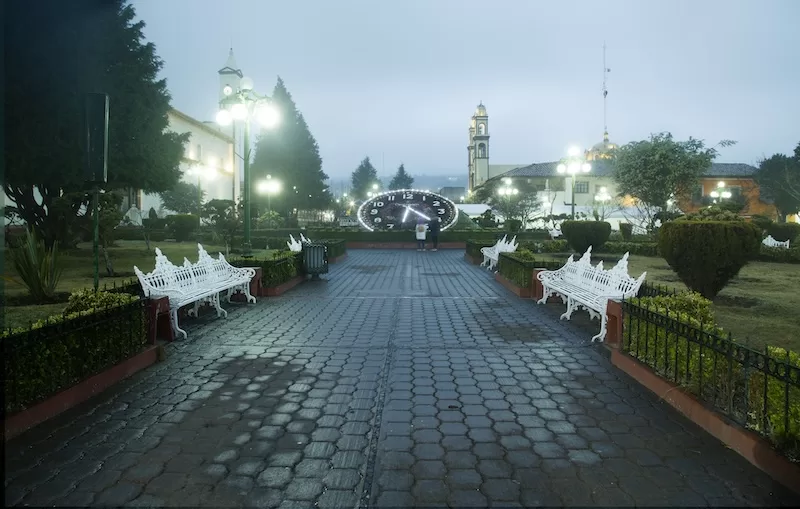
Read more like this: Mexico’s Innovative Amnesty Visa
Getting There Is Part of the Experience
Zacatlán is about a 4-hour bus ride from Mexico City, or roughly 2.5 hours from Puebla City, depending on traffic conditions. One of the most comfortable and reliable ways to get there is via the ATAH Bus Company (ATAH website), which runs multiple routes daily from both cities. Their buses are modern, safe, and well-maintained, with reclining seats, air conditioning, and on-board restrooms. Tickets typically cost around MXN $350–$450 (USD $20–$26 round trip) depending on your departure city. Upon arrival, the local terminal is just a few minutes from the historic center, making Zacatlán an easy destination to explore on foot.
More information and resources:
- ATAH Bus Schedule
- Relojes Centenario Clock Museum
- TripAdvisor: Mirador de Cristal Zacatlán
- Zacatlán Tourism Page (Spanish)
About the Author
Ulrich Baer is an author, freelance writer, and experienced traveler. His work focuses on the myriad ways history manifests itself in contemporary culture and architecture. After completing his MFA in Literary Arts at Brown University, he began exploring different regions of the world and currently calls Mexico home.
Contact Author
"*" indicates required fields
Stay Ahead on Every Adventure!
Stay updated with the World News on Escape Artist. Get all the travel news, international destinations, expat living, moving abroad, Lifestyle Tips, and digital nomad opportunities. Your next journey starts here—don’t miss a moment! Subscribe Now!
